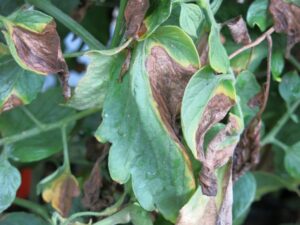
Verticillium Wilt of Tomato
Verticillium wilt is caused by two different species of a soilborne fungus: Verticillium albo-atrum and Verticillium dahliae. Initial symptoms of Verticillium wilt include …



El inglés es el idioma de control de esta página. En la medida en que haya algún conflicto entre la traducción al inglés y la traducción, el inglés prevalece.
Al hacer clic en el enlace de traducción se activa un servicio de traducción gratuito para convertir la página al español. Al igual que con cualquier traducción por Internet, la conversión no es sensible al contexto y puede que no traduzca el texto en su significado original. NC State Extension no garantiza la exactitud del texto traducido. Por favor, tenga en cuenta que algunas aplicaciones y/o servicios pueden no funcionar como se espera cuando se traducen.
Inglês é o idioma de controle desta página. Na medida que haja algum conflito entre o texto original em Inglês e a tradução, o Inglês prevalece.
Ao clicar no link de tradução, um serviço gratuito de tradução será ativado para converter a página para o Português. Como em qualquer tradução pela internet, a conversão não é sensivel ao contexto e pode não ocorrer a tradução para o significado orginal. O serviço de Extensão da Carolina do Norte (NC State Extension) não garante a exatidão do texto traduzido. Por favor, observe que algumas funções ou serviços podem não funcionar como esperado após a tradução.
English is the controlling language of this page. To the extent there is any conflict between the English text and the translation, English controls.
Clicking on the translation link activates a free translation service to convert the page to Spanish. As with any Internet translation, the conversion is not context-sensitive and may not translate the text to its original meaning. NC State Extension does not guarantee the accuracy of the translated text. Please note that some applications and/or services may not function as expected when translated.
Collapse ▲
Verticillium wilt is caused by two different species of a soilborne fungus: Verticillium albo-atrum and Verticillium dahliae. Initial symptoms of Verticillium wilt include …
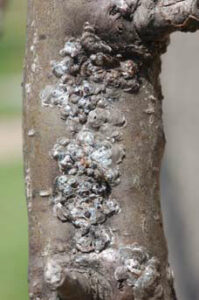
Many scale insects are serious pests of ornamental shrubs and trees. Obscure scale is an armored scale that feeds …
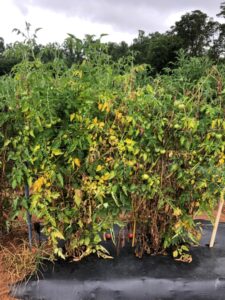
Fusarium wilt of tomato is caused by the soilborne fungus Fusarium oxysporum f. sp. lycopersici. Fusarium oxysporum f. sp. lycopersici mainly causes wilt …
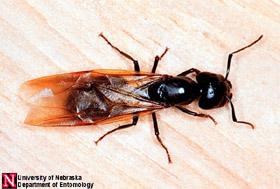
It is common to have questions concerning carpenter ants. Carpenter ant nests are usually constructed in wood that is …
Although we were spared much of the brunt of Tropical Storm Elsa, parts of North Carolina were still pummeled …

Summer camps have invaded the UC Extension office for the month of June. We are very excited to welcome …
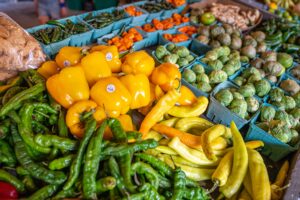
With the high heat of summer, I often receive calls from folks asking why their vegetables are not producing. …
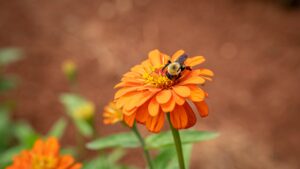
Everyone has heard about the decline and loss of honey bees in the past several years. Besides the honey …
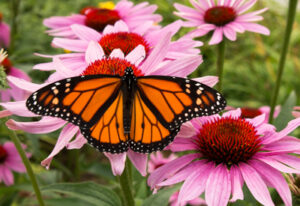
If you are a gardener, you may need help with identification of plants, insects, diseases, or weeds at some …
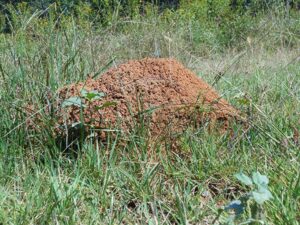
Did you know that fire ants are actually native to southern Brazil? They currently can be found in eleven …
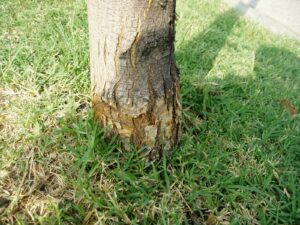
When a tree is bumped, scraped, or chewed by a lawn mower or weed eater, the resulting wound can …
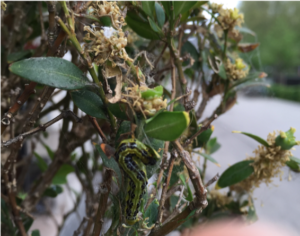
Box tree moth, Cydalima perspectalis, is native to Asia. It was introduced into Europe in 2007 and quickly spread …

Memorial Day is usually the unofficial start to summer. With summer comes time in the sun in the garden, …
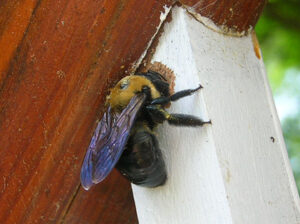
Carpenter bees are easy to confuse with bumblebees. Behavior and appearance are two characteristics that can be used to …
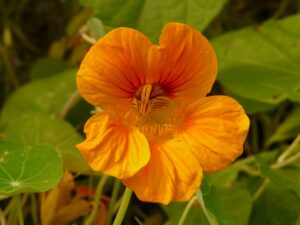
When we see flowers, we usually use our sight and our smell to enjoy their beauty. But did you …
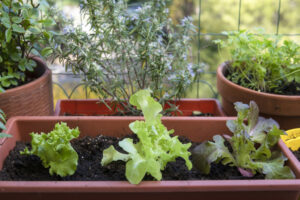
Townhomes, condominiums, apartments, and small in-town lots don’t give you much room to grow plants. You may have only a …

I am the first to admit that I am guilty of being a “weekend warrior”. I work outside in …
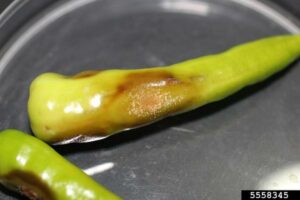
Pathogen Anthracnose is caused by a group of fungi within the genus Colletotrichum. The two main species associated with peppers are C. gloesporiodes and C. …

This publication provides three examples of edible landscape designs for incorporating edible components into a …

This publication discusses how floods can affect food gardens. In it, you'll find recommendations for …
Much success in growing tomatoes can be attributed to use of a few proven techniques. …
Caladiums are grown for their long-lasting, colorful foliage. Color combinations include various shades of red, …
Sprouts from mung bean (Phaseolus aureus) have been used for food since ancient times. These …
Lack of yard space is no excuse for not growing a vegetable garden. Regardless of …

Asparagus has been considered a garden delicacy since Roman times. Any home gardener can grow …
Effective frost protection methods exist, however, each year, a portion of the state's fruit and …